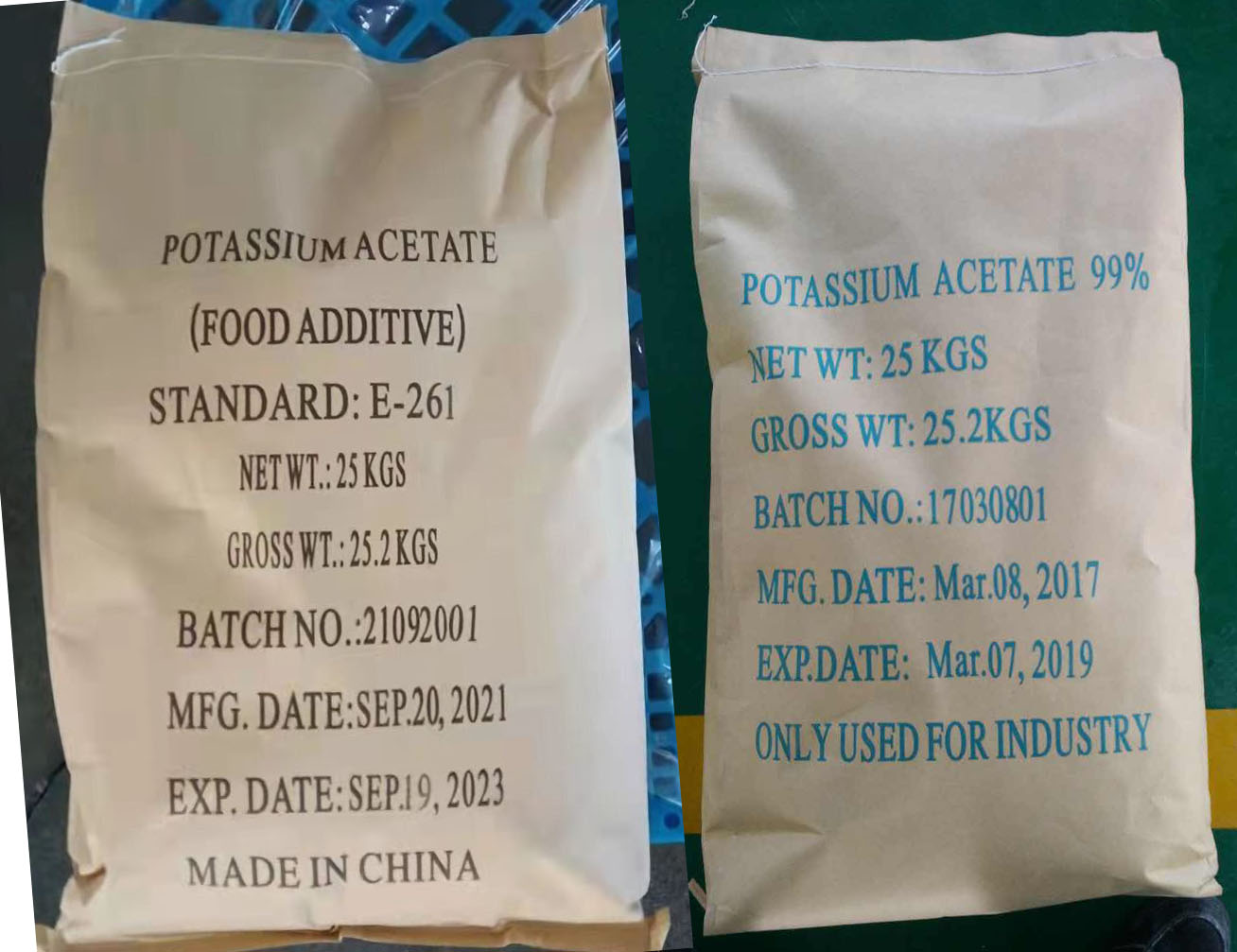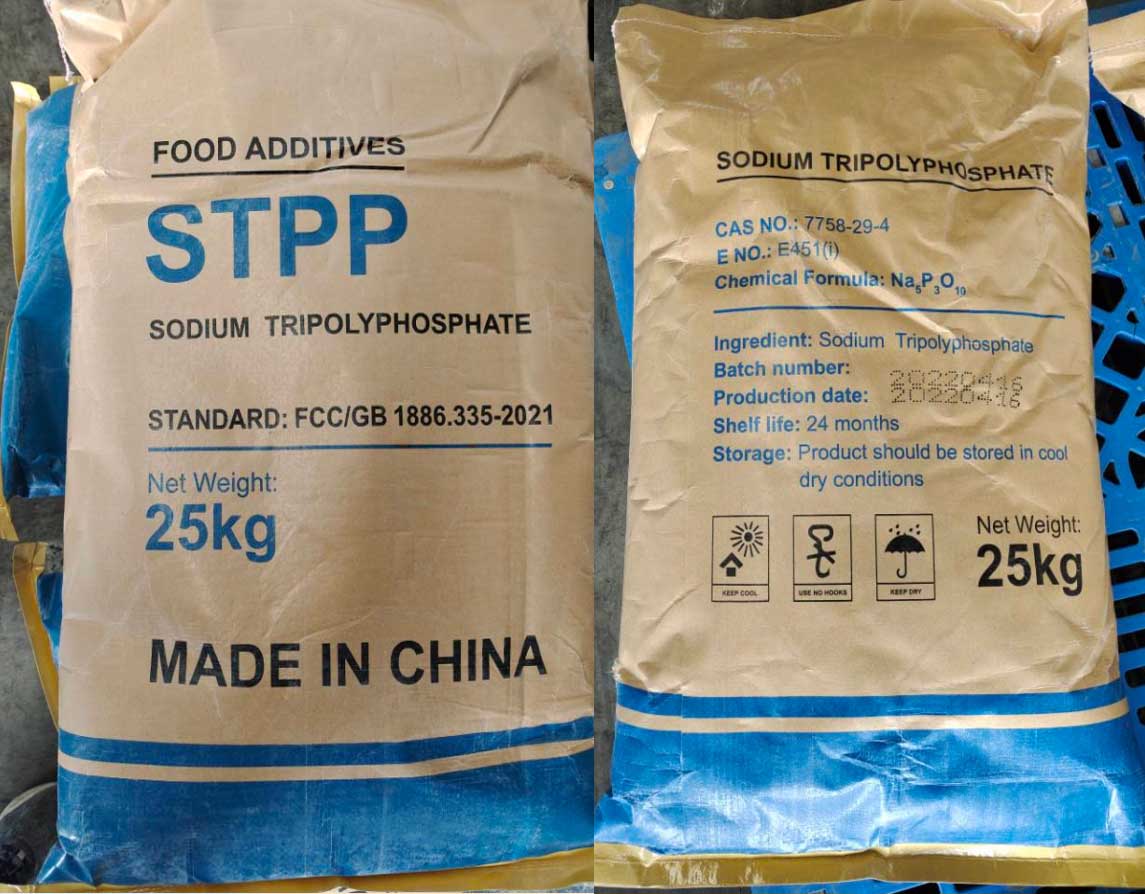✅ Phosphoric Acid Production Methods
Phosphoric acid (H₃PO₄) is primarily produced through two main industrial processes: the Wet Process and the Thermal Process.
⭐ 1. Wet Process Phosphoric Acid (WPA)
The Wet Process is the most widely used method globally, mainly for producing phosphoric acid for fertilizers.
✔️ Process Flow:
Raw Materials:
Phosphate rock (mainly containing calcium phosphate)
Sulfuric acid (H₂SO₄)
Water
Reaction:
The phosphate rock reacts with sulfuric acid and water to form phosphoric acid and gypsum (calcium sulfate dihydrate) as a by-product.Chemical Reaction:
C a 5 ( P O 4 ) 3 F + 5 H 2 S O 4 + 10 H 2 O → 3 H 3 P O 4 + 5 C a S O 4 ⋅ 2 H 2 O + H F Ca₅(PO₄)₃F + 5H₂SO₄ + 10H₂O → 3H₃PO₄ + 5CaSO₄·2H₂O + HF Filtration:
Gypsum is separated from the liquid phosphoric acid.Concentration:
The phosphoric acid solution is concentrated by evaporation to the desired strength.
✔️ Features:
Mainly used in the fertilizer industry.
Lower purity, containing impurities such as fluorides and heavy metals.
Cost-effective for large-scale production.
⭐ 2. Thermal Process Phosphoric Acid (TPA)
The Thermal Process produces very high-purity phosphoric acid, suitable for food, pharmaceutical, and electronic industries.
✔️ Process Flow:
Raw Materials:
Elemental phosphorus (P₄)
Air (oxygen)
Water
Combustion:
Elemental phosphorus is burned in air to form phosphorus pentoxide (P₂O₅).Chemical Reaction:
P 4 + 5 O 2 → 2 P 2 O 5 P₄ + 5O₂ → 2P₂O₅
Hydration:
The phosphorus pentoxide reacts with water to form phosphoric acid.Chemical Reaction:
P 2 O 5 + 3 H 2 O → 2 H 3 P O 4 P₂O₅ + 3H₂O → 2H₃PO₄
Purification:
The acid is purified to remove residual impurities.
✔️ Features:
Produces high-purity phosphoric acid (food-grade, electronic-grade, pharmaceutical-grade).
Higher production costs due to the use of elemental phosphorus and energy.
Preferred when stringent quality is required.
✅ Comparison of Wet Process and Thermal Process
| Aspect | Wet Process | Thermal Process |
|---|---|---|
| Purity | Medium (industrial use) | High (food, pharma, electronic use) |
| Cost | Lower | Higher |
| Main Use | Fertilizers, industrial applications | High-purity applications |
| By-products | Gypsum | Minimal |




